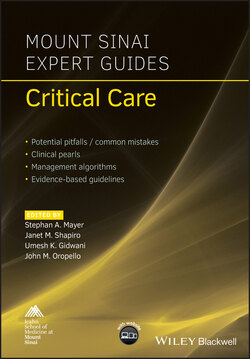Читать книгу Mount Sinai Expert Guides - Группа авторов - Страница 35
Clinical pharmacology
ОглавлениеContext‐sensitive half‐time (CSHT) is defined as the duration of time required for plasma concentrations of a drug to decrease by 50% after discontinuing administration of the drug. ‘Context’ is meant to refer to the duration of time that an infusion has been running.
The CSHT is often different from the elimination half‐time and explains differences in duration of effect that exist based on how long an infusion is running versus the effect we see with a single bolus dose of a medication. As an example, if we were to believe that elimination half‐time determined the duration of effect of propofol, then a single bolus should leave our patient obtunded for several hours. Instead we know that a single bolus will wear off in a few minutes due to redistribution of the medication out of the central compartment into the periphery.
Likewise, the CSHT also explains why medications take longer for their effects to wear off after longer infusions. A simplified, if not perfectly scientific, explanation is that anesthetic drug effects wear off as medications redistribute from the central to the peripheral compartments. However, over time, the peripheral compartments can approach saturation, causing the central compartment to refill or maintain a steady state as its concentration decreases. Each drug has a different volume of periphery that it can fill at a different rate. Accordingly, we see that a medication like remifentanil which has virtually no CSHT will wear off in a few minutes regardless of the administration duration, while midazolam may take days after a sufficiently long infusion.
